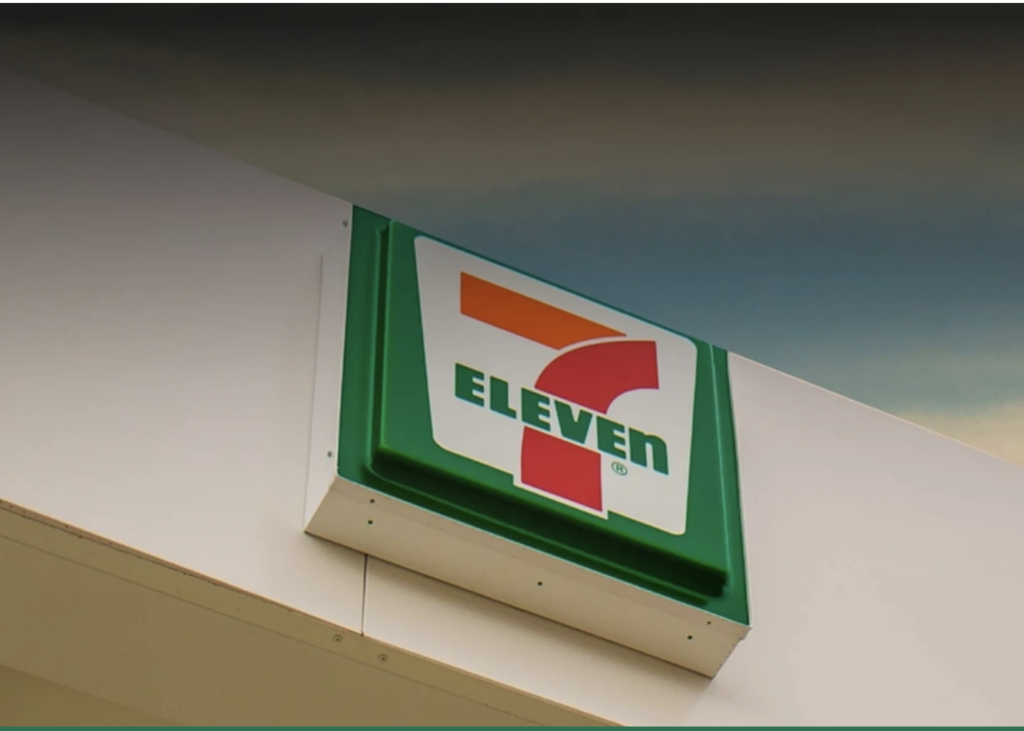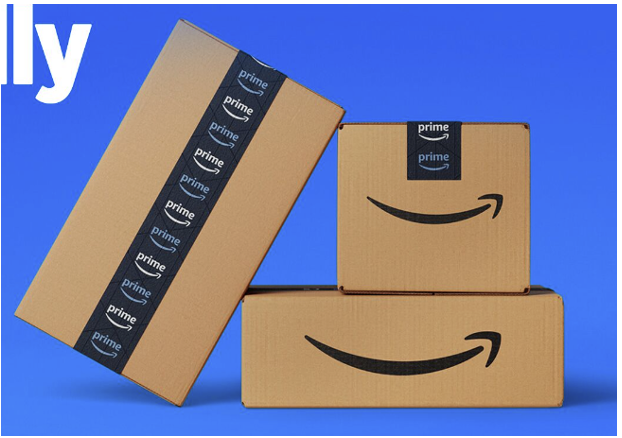As part of our commitment to being leaders in innovation and helping our clients stay ahead of the competition in a fast-paced, constantly evolving marketplace, The Mars Agency closely monitors shopper trends and the ever-changing media landscape to identify the impact they’re having — or will have — on shopper engagement.
The following is a snapshot of three hot trends driving shopper engagement across the connected commerce ecosystem this spring.
1. Generative AI for Brands
Observation: Generative AI is a specific type of artificial intelligence that’s focused on generating new content such as text, images, or music. It literally is changing the way people work by helping them make faster decisions, speed up production, and create content never before possible.
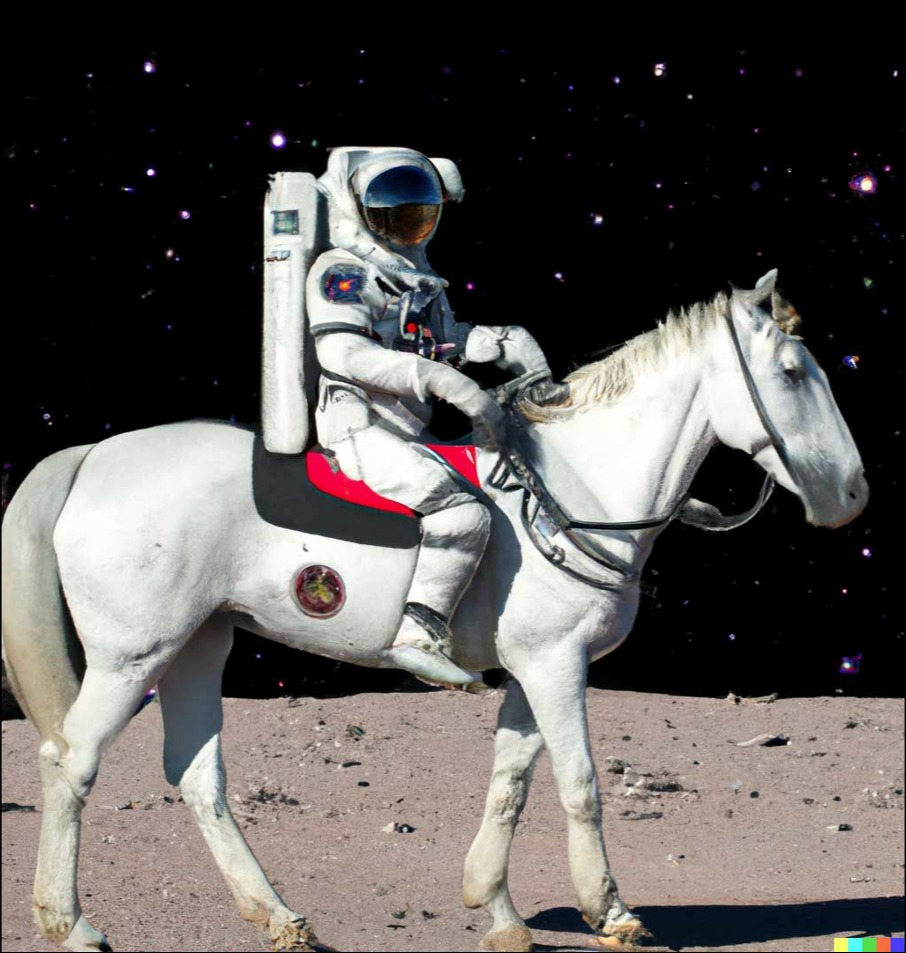
Insight: Over the last few months, there’s been an explosion in new Gen AI text and image engines, with music-making tools following quickly. Most use cases are fun and exploratory at this point, but advertising and monetization opportunities are looming.
Recommendation: Start by getting familiar with the more popular Gen AI tools such as ChatGPT or DALL·E 2 to understand how they can create content. Look for relevant use cases that present ways your function would benefit from faster decision making. Or, think outside the box about how to utilize the tech in your next advertising campaign.
Examples:
- DALL·E uses natural language processing to generate AI art. This image was created through the prompt of “an astronaut riding a horse in photorealistic style,” which yielded multiple variations in just seconds.
- Living podcast host Joe Rogan had a 20-minute chat with deceased Apple legend Steve Jobs that was completely powered by Gen AI. (The results are a bit freaky.)
- Heinz turned Gen AI creative of its ketchup bottle into a real-life ad campaign (below).
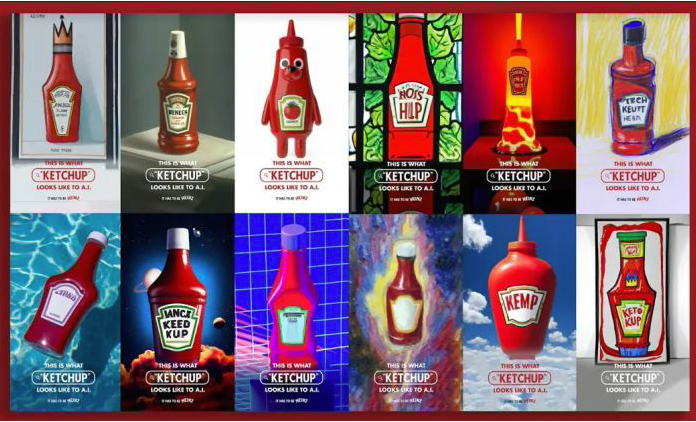
____________
2. Unexpected Partnerships
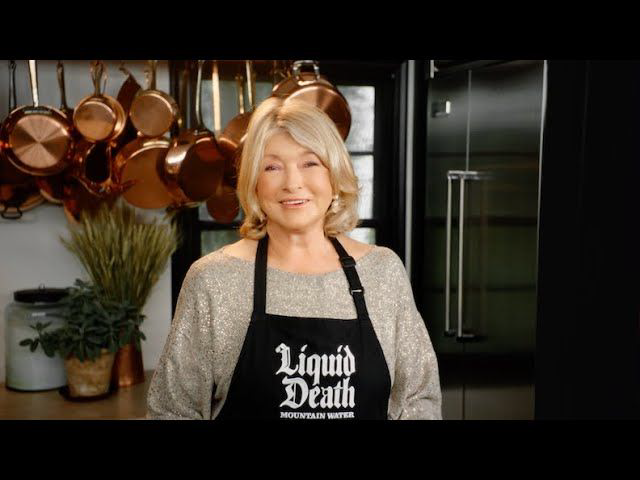
Observation: Cultural trends are inspiring brands to form out-of-the-ordinary partnerships that challenge conventions and defy expectations to attract entirely new shoppers.
Insight: As brands work to increase household penetration by connecting with new audiences, partnerships provide borrowed equity and access to an already-established community. Limited-edition offerings sold direct-to-consumer or through a single retailer often perform best and require only relatively simple execution.
Recommendation: Watch for cultural moments and observe social media trends, then open your mind to out-of-the-box thinking when exploring partnership opportunities.
Read a deeper dive into best practices for effective online partnership programs here.
Examples:
- Kellogg’s Pop-Tarts gave shoppers unexpected flavor pairings by teaming with Mexican sauce brand Tajín on limited-edition mixing kits, driving trial with a sweepstakes.
- Water brand Liquid Death tapped Martha Stewart (herself no stranger to unique alliances) for a partnership creating a delightful, handmade candle for Halloween.
- 7-Eleven joined with Crocs for a collaboration billed as “style meets the snack aisle.” The partners created product demand by first requiring consumers to enter a sweeps before they had a chance to buy the limited-edition shoes.
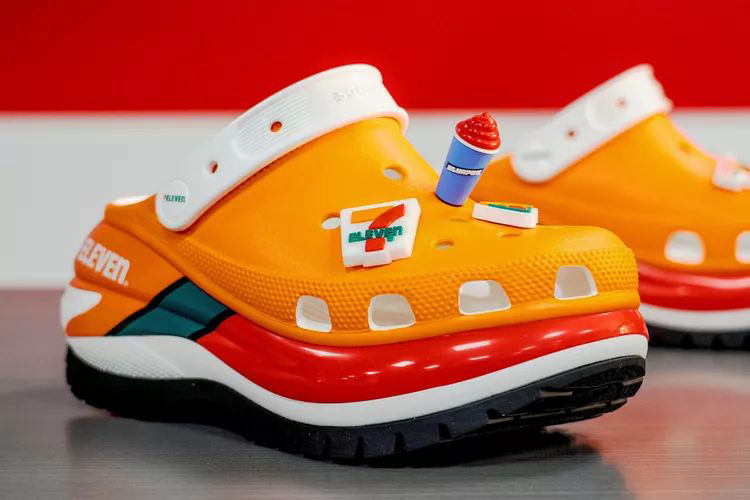
____________
3. Functional Packaging
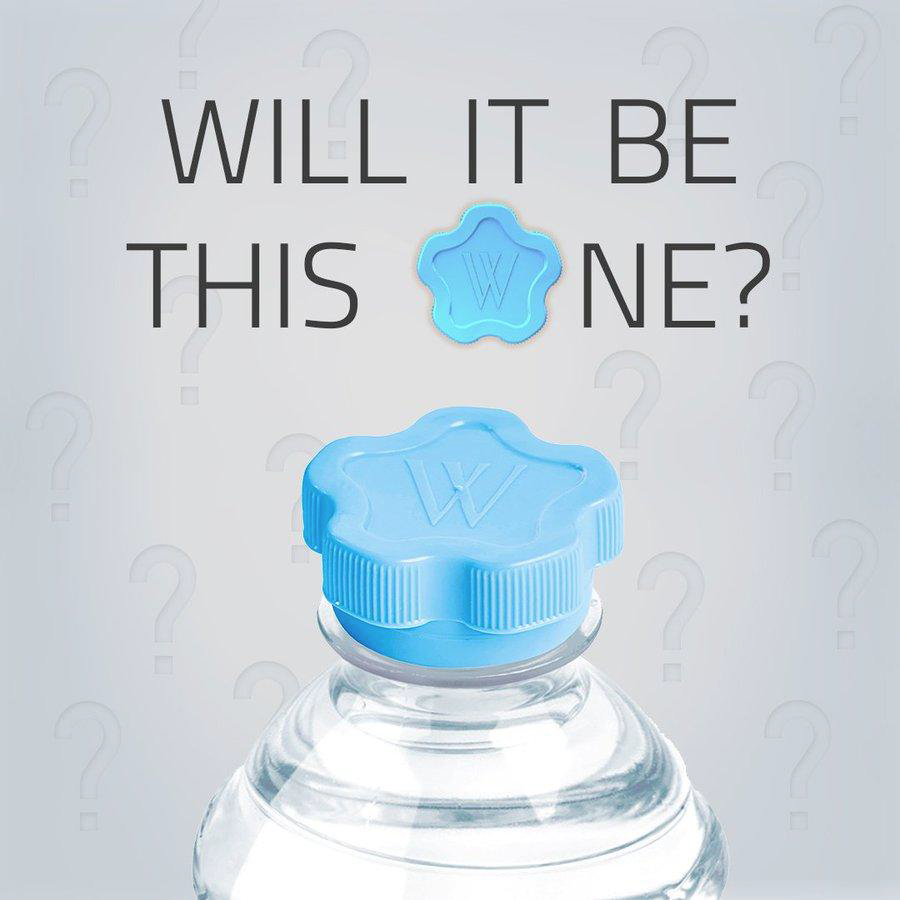
Insight: The product inside the package isn’t the only thing that counts anymore. For many shoppers, packaging has become the tiebreaker at both the physical and digital shelf. Whether driven by the demand for sustainability or the need for greater convenience, more purchase decisions are based on the package itself these days.
Observation: With their on-the-go lifestyles, online shopping habits and desire for product transparency and brand experiences, consumers are actively looking for packaging options that fit their own needs, such as single-serve and stick packs they can “take with” or grab quickly, experiential elements with stopping power, and more information about the product sourcing and benefits.
Implication: It’s becoming increasingly important to consider the packaging as part of your marketing plan because of the impact it’s now having on purchase decisions. Utilizing your packaging to create new stories, target specific age groups or lifestyles, and build stronger experiences will improve brand engagement and deepen brand affinity beyond the product, helping shoppers become more connected to the brand.
Examples:
- Wattwiller water redesigned its cap with a petal design that helps elderly consumers open the bottle with little effort.
- Food maker Napolina is providing corporate transparency through packaging, using QR codes and other tactics to communicate product sourcing practices and even the company’s progress in tackling illegal labor.
- Packager Olobox solved the potential mess of pistachio shells with a design that creates a place to put them, letting shoppers more easily bring their healthy snack anywhere. (What’s more, the unique box is picture-worthy on its own, as you can see below).
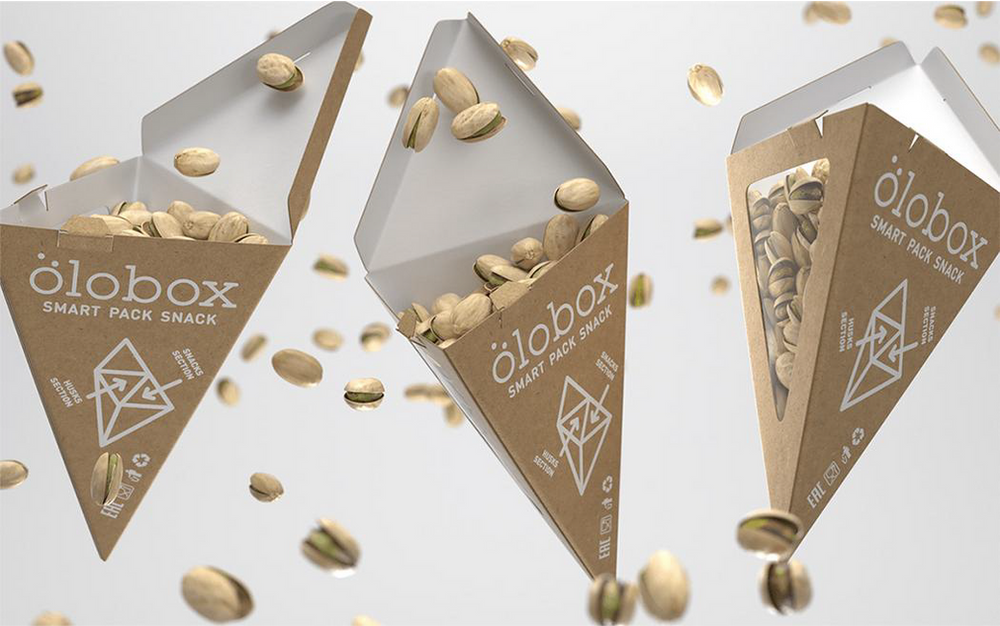
____________

About the Authors
VP-Strategic Planning Katie Butler’s career has touched many areas of marketing, including broadcast producer, concept director and ECD. All roads have led her to where she belongs, her current role in planning. Katie loves the shopper and retail space, having spent most of her career building consumer promotions and shopper programs for iconic companies with brands found in the pantries, freezers and cupboards of most households, including Nestlé, Kimberly-Clark, Johnson & Johnson, Campbell Soup and SC Johnson.

As Group VP-Commerce Media at The Mars Agency, Julia Miller forges partnerships with media, data, and marketing technology providers that help clients and retailer partners build innovative connected commerce experiences throughout the shopper journey. An 8-year veteran of the agency, she has more than 15 years’ experience bringing martech to life across the path to purchase. In 2022, Julia was named a Women of Excellence for Innovation by Path to Purchase Institute.

